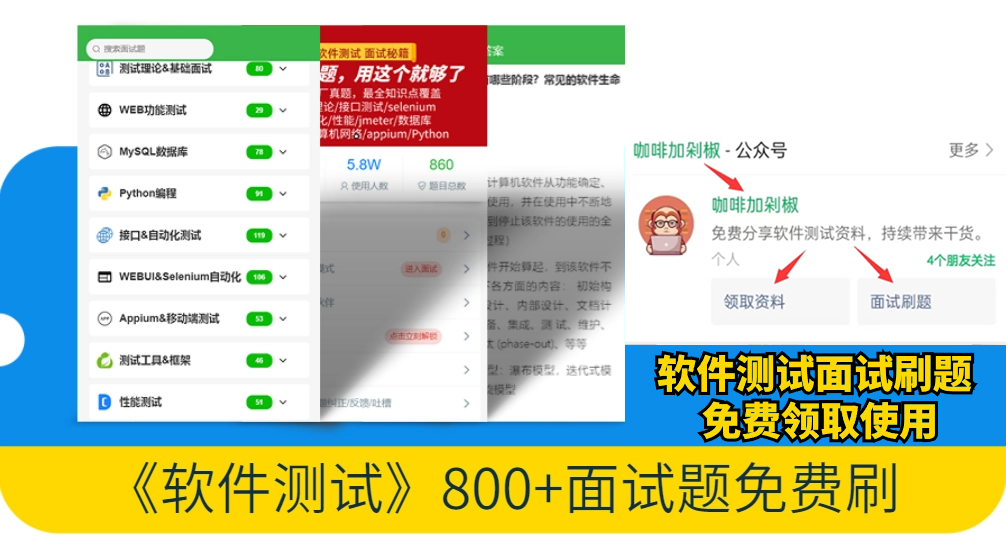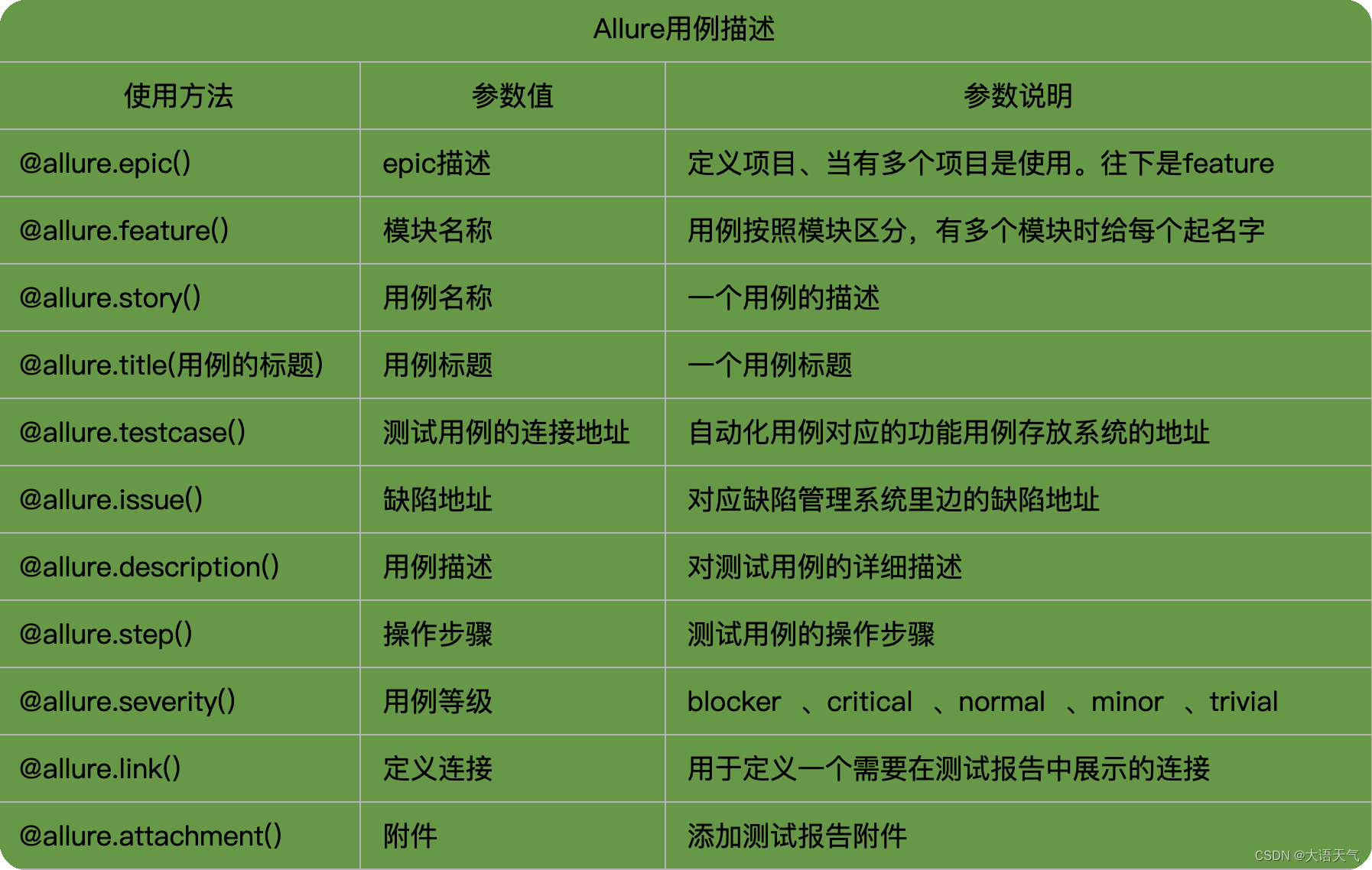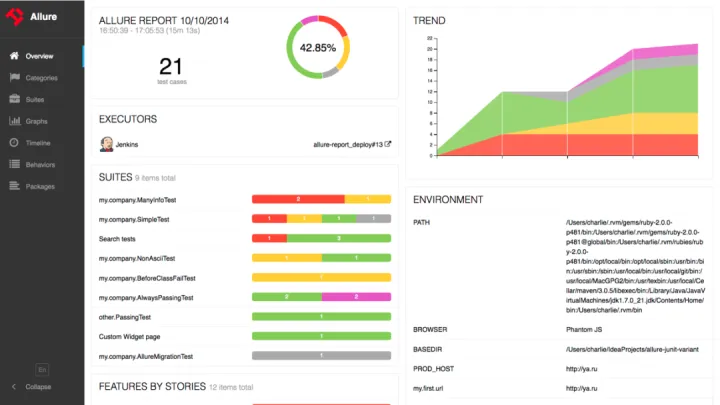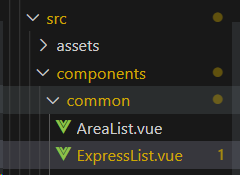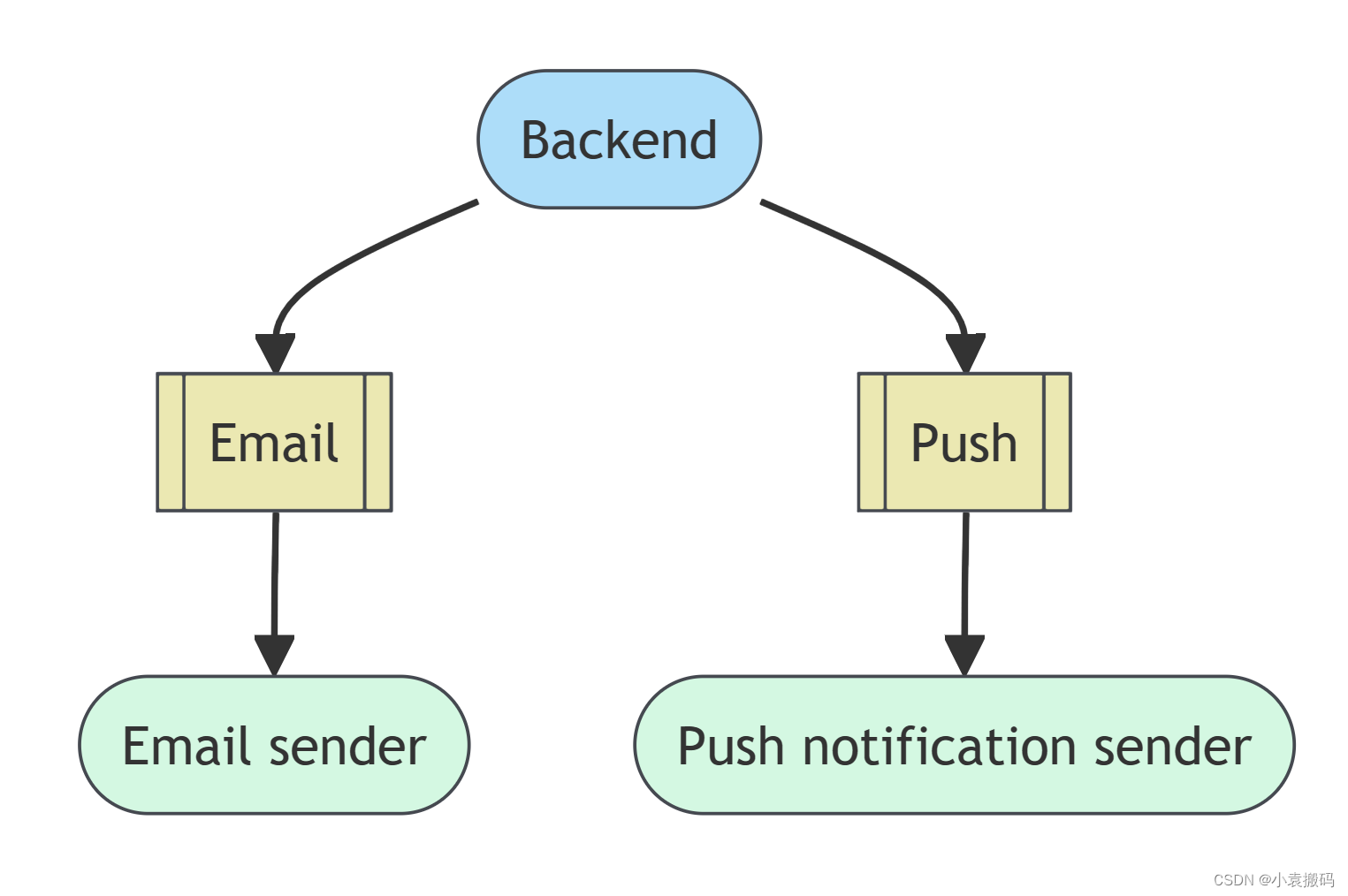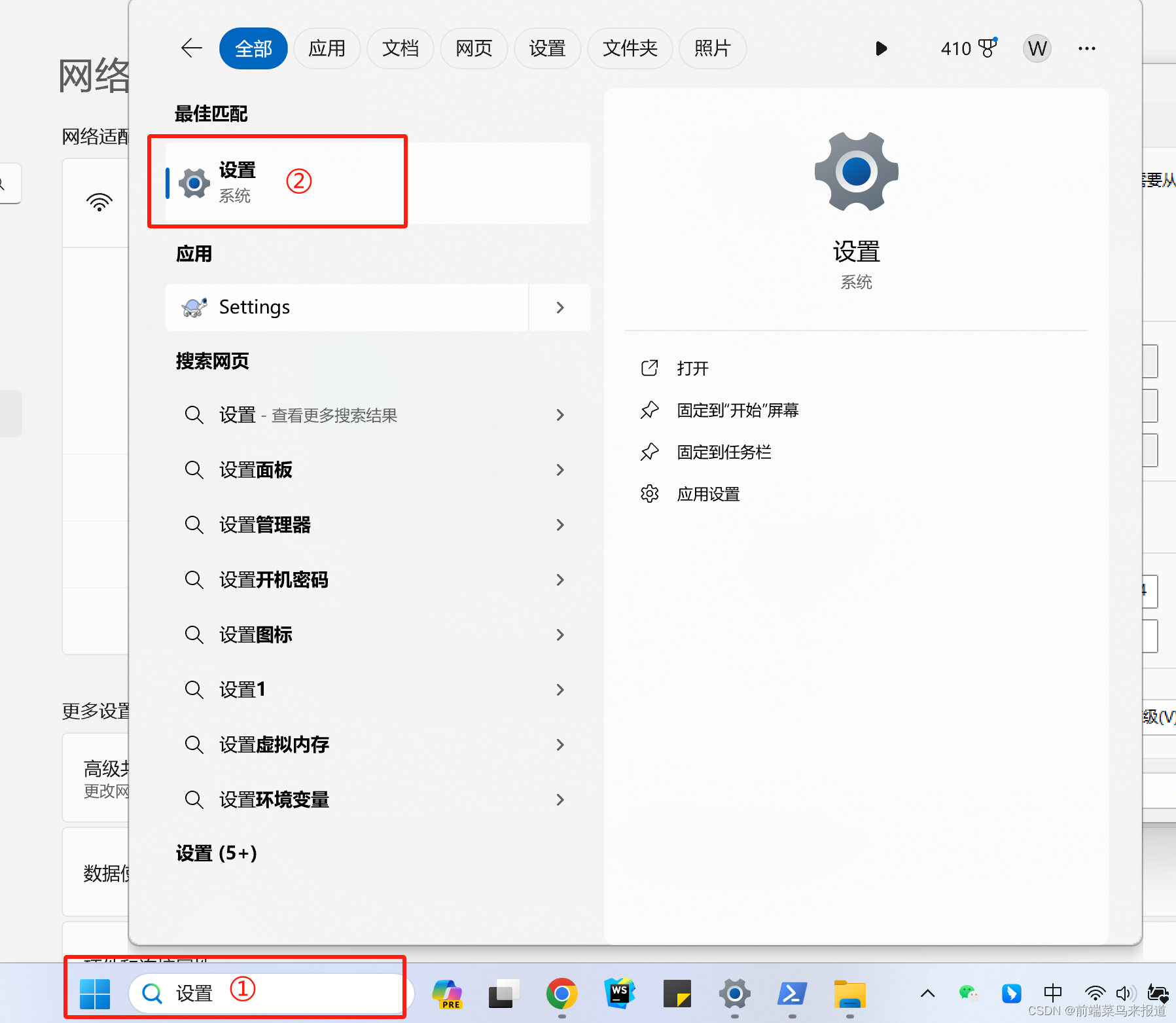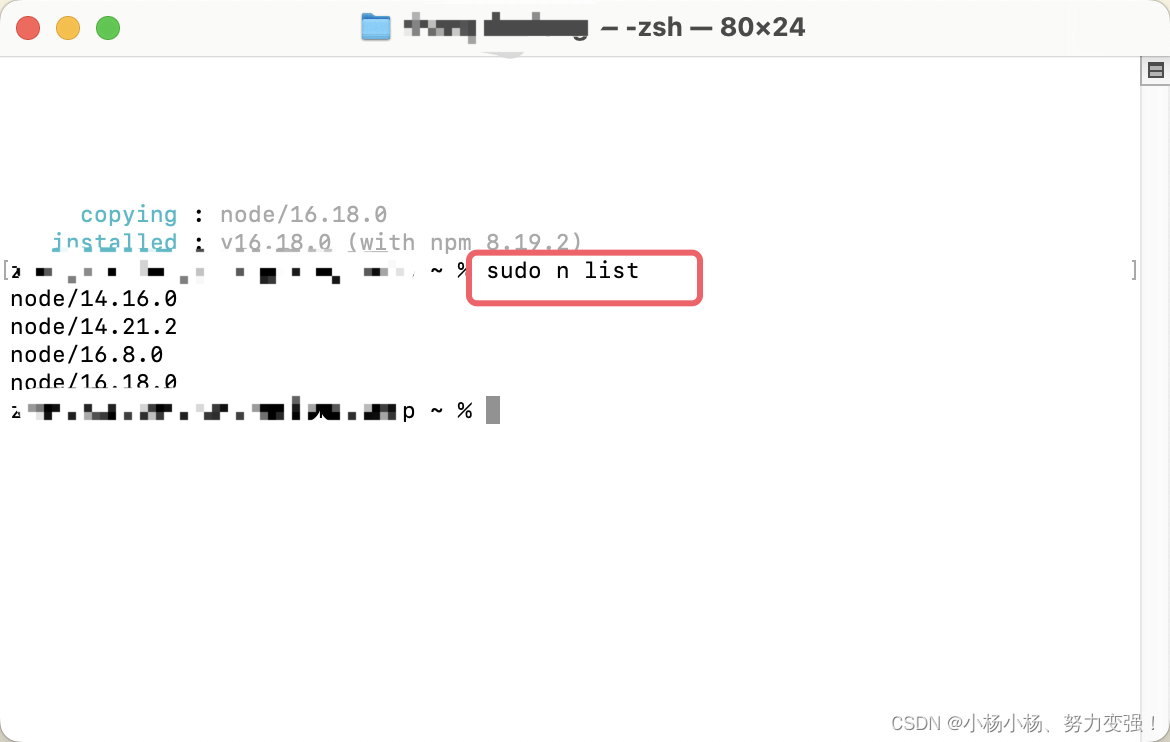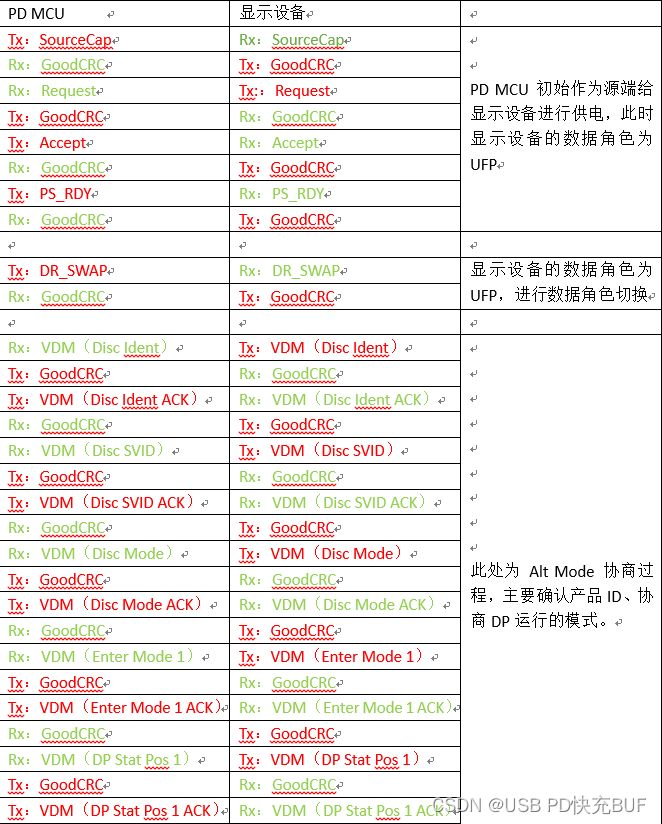在软件测试过程中,生成清晰、易读的测试报告对于团队交流、问题追踪和项目进度评估至关重要。Pytest 是一个功能强大的 Python 测试框架,它不仅支持丰富的断言和测试用例组织方式,还提供了灵活的插件系统和钩子函数,可以帮助我们定制化测试报告的内容和格式。其中,
pytest_runtest_makereport钩子函数就是一个非常有用的工具,它允许我们在测试用例执行完成后对测试报告进行修改和扩展。本文将深入探讨如何使用pytest_runtest_makereport钩子函数来实现对 Pytest 测试报告的定制化修改。
1. 理解 pytest_runtest_makereport 钩子函数
在介绍如何使用 pytest_runtest_makereport 钩子函数之前,首先让我们来了解一下它的基本原理和用法。
pytest_runtest_makereport 钩子函数在每个测试用例执行完成后被调用,用于生成测试报告。该函数接收三个参数:item、call 和 report。其中:
item:表示当前执行的测试项,通常是一个测试用例对象。call:表示当前测试项的调用信息,包括执行状态、起始时间、结束时间等。report:表示当前测试项的测试报告,包含了测试结果、执行时间、异常信息等。
通过在 pytest_runtest_makereport 钩子函数中操作 report 对象,我们可以实现对测试报告的灵活修改和扩展,从而满足特定的需求。
2. 示例代码
接下来,让我们通过一个具体的示例来演示如何使用 pytest_runtest_makereport 钩子函数来修改测试报告的内容。假设我们希望将每个测试用例的执行结果输出到日志文件中,以便后续分析和跟踪。
首先,我们需要在项目中创建一个 conftest.py 文件,并在其中定义 pytest_runtest_makereport 钩子函数:
# conftest.py
import logging
def pytest_runtest_makereport(item, call, report):
"""
This hook is called after a test has been executed and the result recorded.
"""
if report.when == 'call':
if report.passed:
logging.info(f"Test passed: {item.name}")
else:
logging.error(f"Test failed: {item.name}")
在这个钩子函数中,我们首先检查了测试报告的时间是否为 'call',表示在测试用例执行完成后。然后,根据测试结果(report.passed)输出相应的日志信息,表明测试通过或者测试失败。
pytest_runtest_makereport 钩子函数可以用于修改测试报告中的各种内容,主要包括:
- 测试结果(Pass/Fail): 可以根据测试用例的执行结果来修改测试报告中的测试结果,例如记录测试用例的通过或失败状态。
- 执行时间: 可以修改测试报告中的测试用例执行时间,用于性能分析和优化。
- 异常信息: 如果测试用例发生了异常,可以在测试报告中记录异常信息,方便排查和修复问题。
- 额外信息: 可以向测试报告中添加额外的信息,例如记录测试用例的输入参数、输出结果等,帮助理解测试用例的执行过程。
- 标记测试用例: 可以根据特定的条件为测试用例添加标记,例如将执行时间超过阈值的测试用例标记为性能测试用例。
当使用 pytest_runtest_makereport 钩子函数时,你可以根据测试报告对象 report 中的属性来修改测试报告的内容。下面是一些常见的操作示例:
3. 修改测试结果(Pass/Fail)
def pytest_runtest_makereport(item, call, report):
if report.when == 'call':
if report.passed:
# 修改测试结果为通过
report.outcome = 'passed'
else:
# 修改测试结果为失败
report.outcome = 'failed'
4. 修改执行时间
def pytest_runtest_makereport(item, call, report):
if report.when == 'call':
# 修改执行时间为 10 秒钟
report.duration = 10.0
5. 记录异常信息
def pytest_runtest_makereport(item, call, report):
if report.when == 'call':
if not report.passed:
# 记录异常信息到报告中
report.longrepr = "Customized exception message"
6. 添加额外信息
def pytest_runtest_makereport(item, call, report):
if report.when == 'call':
# 添加额外信息到报告中
report.sections.append(("Custom Section", "Custom section content"))
7. 标记测试用例
def pytest_runtest_makereport(item, call, report):
if report.when == 'call':
if report.duration > 5:
# 标记执行时间超过 5 秒的测试用例为性能测试用例
report.user_properties.append(("category", "performance"))
以上代码示例展示了如何使用 pytest_runtest_makereport 钩子函数来修改测试报告中的各种内容。你可以根据具体需求自定义修改逻辑,并根据 report 对象的属性来操作测试报告的内容。


